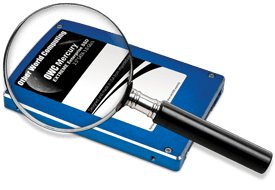 Just wanted to write quick post to reaffirm some sentiments we touched on in an earlier post about OWC SSDs that make them the “scoring” leaders in the industry:
Just wanted to write quick post to reaffirm some sentiments we touched on in an earlier post about OWC SSDs that make them the “scoring” leaders in the industry:
- They’re independent benchmark testing site performance leaders with no BSODs reported and have not been subjected to recalls like other brands. In fact, we’ve had customers experience BSOD with other brand SSDs, tried ours, and reported back no more operational issues.
- They were the first to be offered with a 30 Day Money Back Guarantee.
- They were the first…and still just one of two brands…that offer up to a five year warranty.
There’s a reason for those best in class attributes…we have the utmost confidence in our products and want you to have the same. Additionally, and more to the techie angle, while we may share the same firmware with other brands as provided by SandForce, we certainly design our own hardware and specify individual components as a true manufacturer. Often, it’s the painstaking attention to minute details that can make a major difference in overall reliability and performance.
Whether you prefer home runs, touchdowns, or slam dunks to define a score, there’s no doubt about it…OWC SSDs are the teammate you want for your computer to make it a winner.
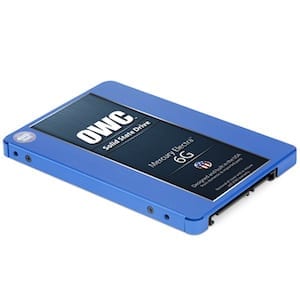


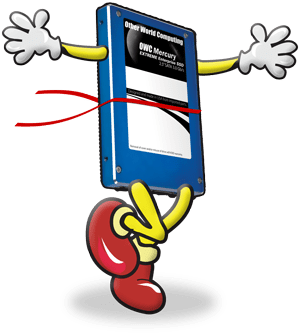

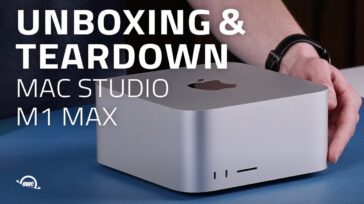
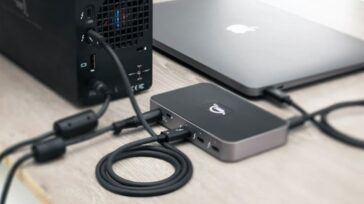



The latest OWC Mercury EXTREME Pro 6G 240Gb DID give BSOD all the time. The machine will not last >20min and a BSOD will occur. It is until i updated to latest SSD firmware that this BSOD issue went off and running good till now (1 month).
I also just took the plunge into SSD-land. As much as I wanted to upgrade to a brand new 2011 MacBook Air to get me through a few heavy months of working on the road, I decided instead to upgrade my black early 2008 MacBook with the 240GB 3G SSD and max out my RAM at 6GB. My goodness, it feels like I bought a whole new computer. I had gotten frustrated with the glacial pace of booting, loading apps and documents, running VMware, and so on. All of those former annoyances have been completely smoothed over. I guess I never realized how noisy my old 5400 RPM hard drive was, as the SSD is completely silent, of course.
In a few months when I’m in a better position to upgrade to a MBA, I’m going to put the SSD into my Mac Pro for boot/apps, which now seems a little slow by comparison…
I couldn’t tell if this was the most current thread on the subject or not, but I just got a new 480, but I have several of the old pre-march 18 models, and I’m wondering if there’s any progress on the firmware updater for Mac or is that dead?
I’m only currently using two of the drives (a 240 and a 40) on a regular basis, one as a boot drive in a 2008 MacPro and another as the scratch drive for the same machine, and I’m having undiagnosable (by me at least) Photoshop Crash Issues. I’d like to update the firmware and see if that helps things.
I also have another old 240 in a MacBook Pro and a 240 and a 60 I’d like to use for similar applications in a yet-to-be-named machine.
What’s the best way to deal with this, should I yank them out, blank them and send them back to OWC? Or should I go buy a copy of Windows for my Macbook Pro and attempt to upgrade them myself (Not a Windows guy)? Either way is kind of a pain, but I’d like to eliminate this as an issue and move forward.
The photoshop crashing thing might be a user preference/library issue as opposed to an issue with the drive itself needing a firmware update – which, incidentally, the Mac version of the updater is making progress, but is not quite ready for distribution yet.
The way to test if it is a preference/library issue is to create a new, separate user account and work on photoshop in that account for a day.
If no crashes, it’s likely a user account in OS X going bad. Some are fixable with library and preference file fixing (or you could try onyx, repair permissions or applejack to automate it) but usually it’s easier just to migrate to a new user account.
Hi Michael,
Thanks for the response, I tried not using the 40Gig SSD as my scratch disk, and that seems to have improved stability immensely. Would there be any reason why the 240 as the boot drive would have an issue with the 40 as a scratch disk? Seemed like a good idea at the time.
Depending on the size and quantity of the files you’re working with each session, 40GB may just be too small to use as an effective scratch disk. Closing out photoshop should automatically delete any scratch files created, but if you’re creating more than 40GB worth in a session it may just be a space issue.
You can try to alleviate the usage by optimizing your memory allocation, cache settings, and history levels in Photoshop itself. Adobe provides a pretty good overview on optimizing your system performance, but for more in depth information on optimizing your Mac hardware for Photoshop I’d suggest checking out Mac Performance Guide.
Con
Some compressible write speed differences between capacities
http://www.storagereview.com/owc_mercury_extreme_pro_6g_ssd_review_toggle_nand
The reviewer notes that there is a big write difference between the two capacities (120 & 240), can you shed some light on this?
Hi Chris…I think the review also pointed out the big difference was that the 120GB uses 8 flash devices whereas the 240 uses 16…that combined with the Toggle NAND and the 2282 processor gives the 240GB a performance boost over the 120…
I read some where in the comments that one of OWC staff said that TRIM is bad for the drives is that true? as i am thinking of getting one for my windows computer but will i have to some how turn off trim? or does the drives firmware deal with it?
TRIM slows down the performance on the OS X side of things. On the Windows side, there isn’t any issue. The SandForce processor does indeed support TRIM, but we don’t recommend it for OS X at this time.
In short, no need to turn off TRIM on a Windows based PC.
“No need to turn it off on a Windows PC.”
Can I assume it is turned off by default on Apple hardware?
I have seen “TRIM Enabler” utilities you can wildly download out there.. don’t really plan on going near them.
Don’t see a matching “TRIM Disable”. (So sounds like TRIM is off by default).
Of course if you buy the Apple SSD I suppose it is set by Apple..
The SandForce controllers that all OWC SSDs are based upon do support TRIM and it works just fine under Windows 7.
OS X at this point only enables TRIM on the non-SandForce based hard drives that Apple offers at this time.
TRIM Enabler 1.1 is a third-party program intended to add TRIM support to OS X (not a utility). We DO NOT suggest using that software with OWC SSDs.
I just took my delivery of a 480GB, OWC Mercury EXTREME Pro 6G. Has OWC’s fine engineering team tested this drive ready with today’s OS 10.7.1 release? (or should I stay with 10.7.0 for a few days?).
I was planning on installing 10.7 onto the new SSD, then “migrating” my user from my old drive. I believe 10.7.1 has a “fixed” version of the migration software (so I would prefer to upgrade to 10.7.1 before migrating my user).
From Apple Knowledgebase http://support.apple.com/kb/HT4764)
• Resolve an issue that prevents transfer of your data, settings, and compatible applications to a new Mac running OS X Lion
Thanks
Hi GB….yes, were running 10.7.1 on our 6G SSDs with no issues…the migration should work just fine.
I have a late 08 macbook, 60gb 3G ssd as my system disk (installed where the optical drive used to be) 8gb of ram, and a 500gb data disk. my MB boots, off to login screen in 15 seconds. applications like lightroom or photoshop load in less than 5 seconds. reason loads in less than 3. nearly all other light weight applications load almost instantly. waking up from sleep is almost instantaneous as well. it feels like a new computer, but faster.. i’m sure the 6G ssd’s reduce the load times even more